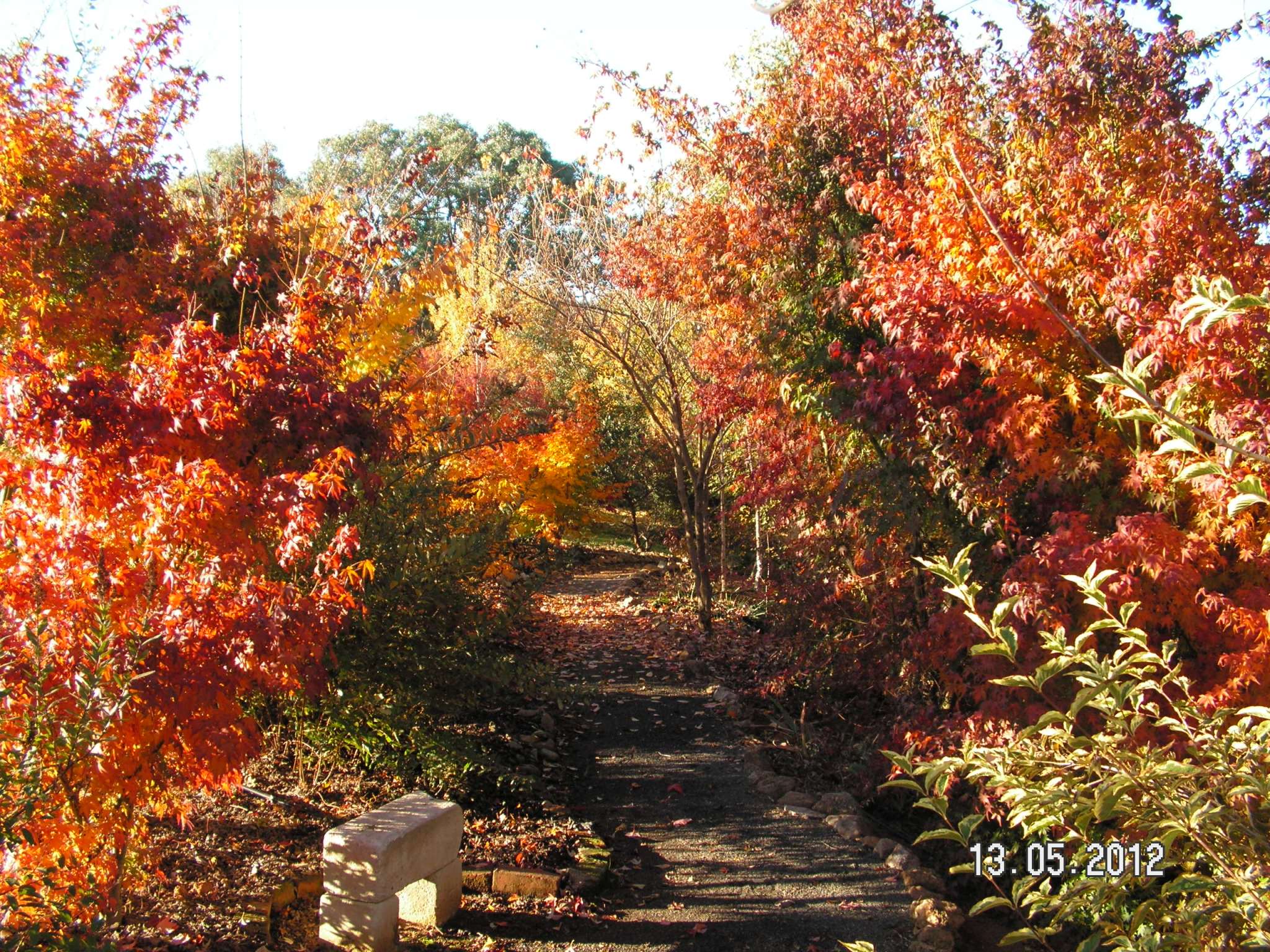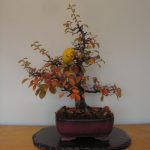Days are substantially longer now and the nights are getting warmer. The trees are feeling it too and have started growing new shoots for the coming season. Continue reading
Category Archives: Uncategorized
Growing Root over Rock bonsai
I really love root over rock style bonsai, especially trident maples. Well established trees have roots that flow over and flatten out to clasp the rock as if the tree has been there for ages. I have been experimenting with ways to develop root over rock bonsai for more than 20 years in an endeavour to produce ever better root over rock plantings. Continue reading
Spring is Sprung
I am seeing the first signs that winter is finishing at Shibui Bonsai. The Chinese elms are the first to bud up and some now have fresh new leaves. A couple of small Chinese elms have also produced new shoots but no sign yet on the older elm bonsai.
Digging Shibui field grown stock
Last weekend we hosted another Shibui field grown tree dig.
A few friends came and helped get the trees dug from the growing beds so I could prune roots and tops then assess them to see which are ready to go into pots for sale and which would be better back in the ground for another season of development. As well as working we had time to assess and refine a couple of trees I have in training. Thanks to Joe and Matt for the help again this year.
I was too busy keeping up with the enthusiastic digging team to take photos but Joe has posted an article on his blog –http://nichigobonsai.com/2012/07/30/shibui-bonsai/
I’ll try to remember to post some pics of the trees as I pot up and replant.
Root pruning and repotting
Bonsai grow in the confined space of a relatively small pot. The roots of all plants keep growing to renew the active root tips that actually do the work of absorbing watera nd nutrients. After a couple of years these constantly growing roots have so filled the spaces in the potting mix that vital air and water cannot enter the mix and the tree will not stay healthy. It is very important to repot bonsai (and indeed, all potted plants) regularly to keep them healthy. Root pruning does not keep a bonsai small. In fact just the opposite. After rootpruning and repotting in fresh mix with new nutrients and room for new roots to grow we usually see an explosion of growth for the first year. The picture in this post will give a good idea of how I root prune and repot deciduous bonsai. Continue reading
Winter pruning
When winter comes the leaves fall from deciduous trees making it much easier to assess the structure and ramification of your bonsai. The branches of a good bonsai should have plenty of sub branches and shoots to make it look like a real tree but if the shoots are a tangled mess the tree does not look its best and inner shoots will gradually die out.
How you prune will depend on the stage your bonsai is at but there are a few points that will help develop and maintain really good branches. Continue reading
Winter
It is June at Shibui Bonsai and that means winter. We have had a few light frosts so far this season but this morning was probably the coldest yet.
Here in Australia we do not have to contend with really severe cold that growers in some other areas get. My cold hardy trees stay outside without any protection all winter without any ill effects, in fact I think it might even be good for them. Low temperatures help to induce some trees to flower better and I hope that some of the pests and diseases will also be killed during cold weather. My ficus, which are NOT cold hardy, live in the unheated poly igloo which provides enough protection to get them through the winter here. Continue reading
Cooler weather
Autumn 2012
Its now May and here at Shibui Bonsai nights have been cool enough for the deciduous trees to start to think about dormancy. One of the great delights in growing deciduous bonsai is the autumn show of colour.
Age before Beauty?
We often see and hear about how old, and therefore valuable, a bonsai is. In my view a bonsai is like any other work of art. Although its age does have some bearing, it is the beauty of the piece that really influences its value. Continue reading




